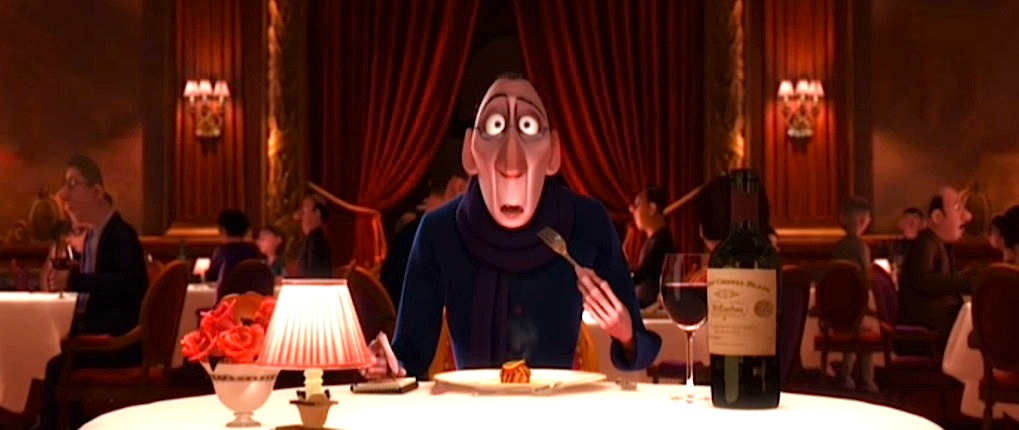It’s Oscar time! That means designer gowns, elaborate production numbers, red carpet interviews and seemingly endless ‘thank-you’ speeches in addition to those prized statuettes.
Also present will be the elegant food that no Oscar event can be without. This year Cheryl Cecchetto is designing and Wolfgang Puck is catering the elite after-the-awards Governors Ball.
This Ball is an insider's must with an A List that literally defines who's who's in Hollywood. Being omitted can easily declare a career is in decline.
So what will Chef Puck serve to the 1,500 invited VIPs of the Film Industry that will be attending this year’s party-of-the-year ball? Here’s his innovative (and health conscious) menu:
Appetizers
- Bolognese-stuffed Rice Balls
- Mini-burgers with Aged Cheddar and Remoulade
- Spicy Tuna Tartare in a Sesame Miso Cone
- Salmon on Flatbread Shaped like Oscar Statuettes Garnished with Caviar
- Taro Root and Avocado Tacos
Passed Entrees
- Handmade Pretzels Stuffed with Pimento and Parmesan Cheese
- Bacon-wrapped Dates
- Small Chicken Pot Pies with Black Truffles
- Baked Potatoes with Black Caviar
- Shanghai Lobster
- Short Ribs with Goulash and Spaetzle
Desserts
- Licorice and Chocolate Parfait with Caramelized Tobacco Leaves (Gluten Free!)
Yuzu Semi Freddo with Green Tea Meringue and Sake Blueberries
Caramel Garden of Coffee "Soil" Supporting a Chocolate Malted Tree with Fleur de Sel
Yet the revere that Hollywood holds for fine food and all matters culinary is not limited to the grand galas surrounding Oscar Night. In nearly every decade there have been great films about food, wine, the people who create them and those who truly enjoy them. Here are some of the best:


























